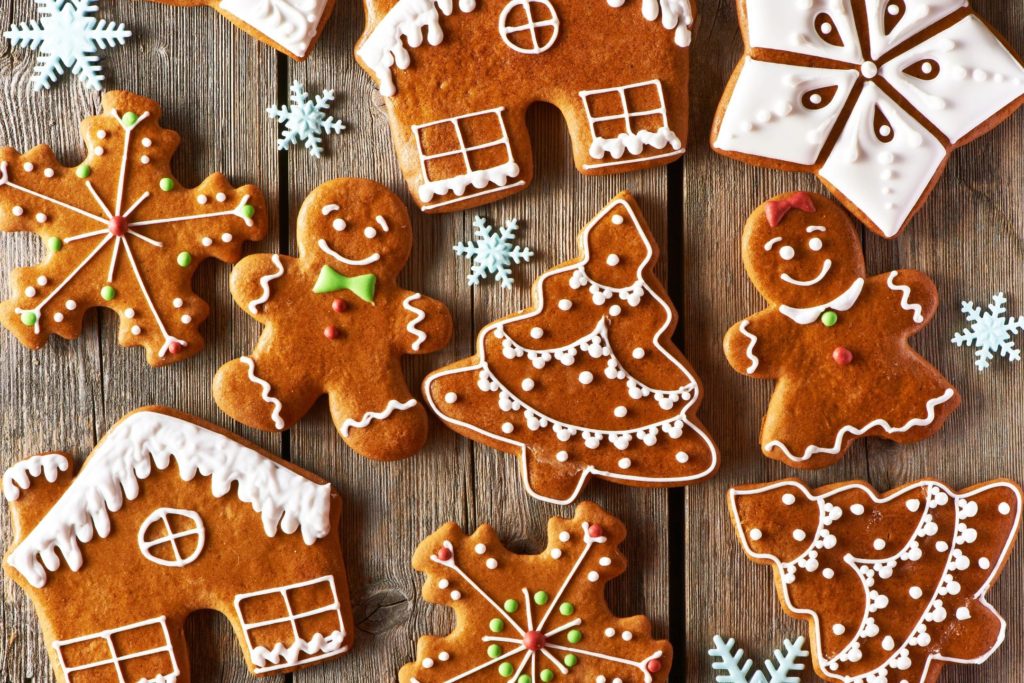Chow Line: Nontoxic food decorations aren’t always edible


I’m making a batch of holiday goodies, and I’m using several kinds of festive decor on the cakes, cookies, and pies. Some of this glitter and sparkly stuff is very pretty, but I’m wondering if it’s really safe to eat.
That depends on what the label on its packaging says.
When baking fancy cookies, cakes, cupcakes, or other foods for the holidays—or for any occasion—it’s important that you are aware of which decorations are edible and which ones aren’t.
The U.S. Food and Drug Administration issued a consumer alert this week that some glitters and dusts promoted for use in foods might, in fact, contain materials that should not be eaten.
In fact, the FDA says consumers might want to avoid using glitter and dust to decorate cakes, cupcakes, cookies, pies, and other food items unless the products are specifically manufactured to be edible.
While some glitters and dusts are sold online and in craft and bakery supply stores under names such as luster dust, disco dust, twinkle dust, sparkle dust, highlighter, shimmer powder, pearl dust, and petal dust, not all are safe to eat, the FDA says.
Some of the decorations might be labeled nontoxic, but that doesn’t mean they are meant to be eaten.
“Some decorative glitters and dusts promoted for use on foods may, in fact, contain materials that should not be eaten,” the FDA said in a written statement.
So how can you distinguish between glitters and dusts that are safe to eat from those that are unsafe to eat?
Food decorations that are edible must be clearly labeled as such. Companies that make edible glitters and dusts are required by law to include a list of ingredients on the label, per the FDA. If the label simply says “nontoxic” or “for decorative purposes only” and does not include an ingredients list, you should not use the product directly on foods.
Nontoxic glitters and dust, which are typically used to make crafts sparkle, are made out of plastic.
In contrast, some of the most common ingredients used to make edible glitter or edible dust include sugar, acacia (gum arabic), maltodextrin, cornstarch, and color additives specifically approved for food use, including mica-based pearlescent pigments and FD&C colors such as FD&C Blue No. 1.
If you are purchasing a professionally decorated cake or other food item, specifically ask the baker or cook if all ingredients are edible. To ensure that the decorative products are edible, you can also ask to see their labels.
If you do decide to purchase or decorate a food item with decorations that are not edible, you should be sure that you remove the decorations before serving or eating the food. You don’t want anyone who eats your treats to have any adverse reactions to your creations.
Chow Line is a service of The Ohio State University College of Food, Agricultural, and Environmental Sciences and its outreach and research arms, Ohio State University Extension and the Ohio Agricultural Research and Development Center. Send questions to Chow Line, c/o Tracy Turner, 364 W. Lane Ave., Suite B120, Columbus, OH 43201, or [email protected].








